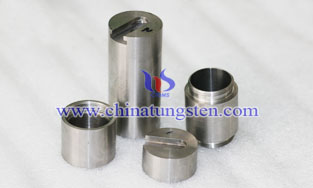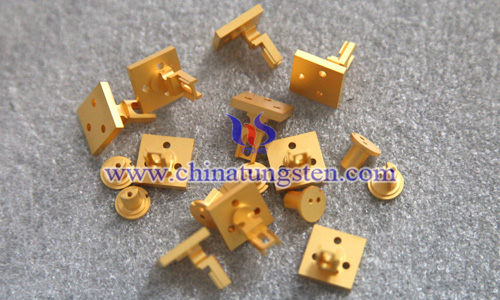The review of the tungsten market
- Details
- Category: Tungsten's News
- Published on Friday, 19 April 2013 17:09
- Hits: 2020
The tungsten market in the 1990s was characterized by oversupply from China with low prices, which force most western producers to cease production, as prices were well below costs of production. However, in 2000, the Chinese government began to impose restrictions on export quotas and remove export rebates on tungsten products.
During these years of excess supply, stockpiles of tungsten were built up by producers and also governmental organizations. These stockpiles overhung the tungsten market and tended to act as a barrier to price rises. Most of the material contained in these stockpiles has now been sold and trends in tungsten prices have correlated more closely to the underlying supply/demand fundamentals since 2005/2006.
The onset of the global recession in 2009 saw a sharp fall in tungsten price. Between the end of 2008 and beginning of 2010, prices for Chinese APT fell by just over 20%, with a similar fall in European prices. Of this price fall, approximately 92% took place in the first half of 2009, with the second half of the year showing early signs of stability. As the global economy started to improve from the fourth quarter of 2009, demand for tungsten also increased. The general improvement in economic sentiment saw prices increase steadily throughout 2010 and the rise in prices accelerated in 2011 as supply of tungsten had struggled to meet the recovery in demand.
The relatively strong fundamental position in the tungsten market is illustrated when tungsten price trends are compared to trends in similar metals such as cobalt, nickel and molybdenum. The fall in tungsten prices was significantly smaller in 2009 than for the other metals , with tungsten prices dropping a maximum of 25%, compared to 70% for nickel, 68% for molybdenum and 43% for cobalt (index = January 2007). The recovery in tungsten prices since the credit crisis and economic recession in 2009 has also been much stronger. While tungsten prices in July 2011 were at 180% of the level recorded in January 2007, prices for cobalt, nickel and molybdenum were all still below the levels of January 2007, with price indices of 64, 64 and 58 respectively. This would seem to be a clear indication that supply of tungsten is relatively tight as prices held up when demand was depressed and have increased strongly now that consumption of tungsten has recovered to pre-crisis levels.
Primary tungsten output increased steadily from 35,650t W in 1998 to just over 56,500t W in 2008, an average growth rate of 4.7%py. Despite the steep drop in demand for tungsten in 2009 output of tungsten increased further to an estimated 61,500t W. This was almost entirely due to an increase of 7,500t W in China, where consumption of tungsten continued to increase despite the economic problems elsewhere in the world. Production jumped again to almost 70,000t in 2010 on the back of a further increase in Chinese output.
Historically, primary production has not been sufficient to supply market demand and has been supplemented by sales from stockpiles. The largest of these stockpiles was located in the former Soviet Union, but is now thought to be exhausted. The US strategic stockpile continues to be drawn down at the rate of around 2 - 3,000tpy.
The credit crisis and the subsequent economic recession in 2009 meant that most companies with tungsten projects in development had to take stock of the situation. Funding for any project was difficult and even now there is a lot of competition for a finite 'pot' of finance. As a result, the timeline for development for most of the major tungsten projects slipped by at least 12-18 months due to these funding delays. From 2011, mine production of tungsten is likely to grow relatively strongly as a number of tungsten projects are due to come on-stream after being delayed by the credit crisis. The majority of the new projects are scheduled to come on stream between 2013 and 2015, but it is always possible that these timelines could slip further meaning that the significant increase in tungsten output would come in the 2014 to 2016 period. Roskill forecasts that mine output of tungsten could grow from 72,000t W in 2011, to around 100,000t W by 2016.
Tungsten Manufacturer & Supplier: Chinatungsten Online - http://www.chinatungsten.com
Tel.: 86 592 5129696; Fax: 86 592 5129797
Email: sales@chinatungsten.com
Tungsten News & Tungsten Prices, 3G Version: http://3g.chinatungsten.com
Tungsten News & Tungsten Prices, WML Version: http://m.chinatungsten.com








 sales@chinatungsten.com
sales@chinatungsten.com